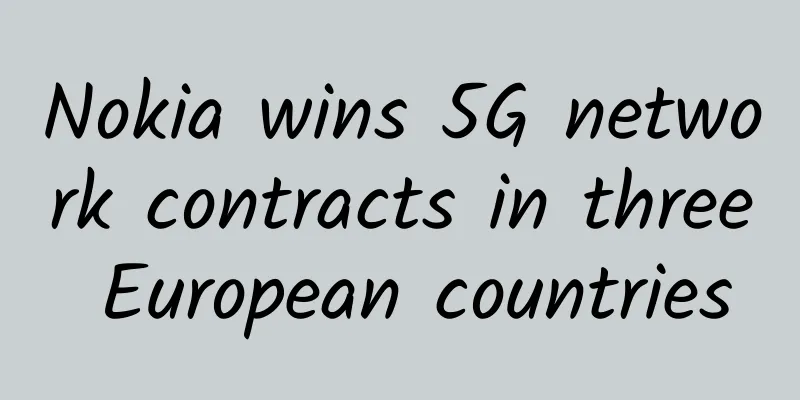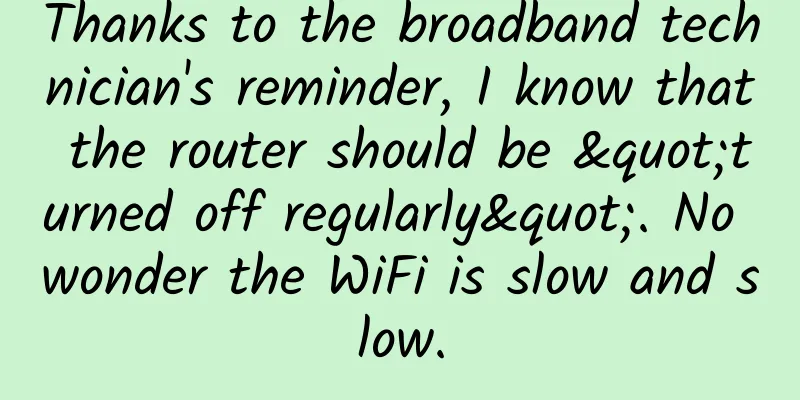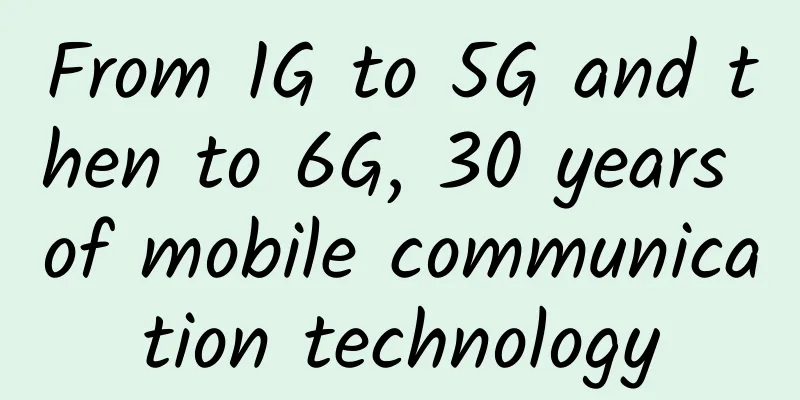What is AirGig?

|
At the MWC 2017 conference, which has ended, people discussed 5G as the successor to 4G. It stands to reason that 5G can certainly bring a better network experience than 4G, but the problem is that it does not exist as an industry technical standard. No one knows what 5G is, let alone how to implement it and when it will arrive. That is why AT&T engineers have come up with another technology that aims to bring faster broadband, stronger signal quality, and even to areas where the network is underdeveloped. What is AirGig?
AirGig is the next generation of Wi-Fi that can be used almost anywhere without the need for dedicated wires or signal stations. So, what exactly is AirGig? There is a saying that AirGig is a "power line broadband" technology, referred to as PBL, because its network signal transmission needs to rely on power lines. However, according to the information disclosed by the ***, the actual situation is not the case, because in the technical description of AirGig, the signal is not directly transmitted through the power line, the latter is only responsible for guiding it. AT&T chose to place an ultra-light wireless network device on the top of the utility pole, and then the wireless signal will travel along the power lines to form a connection and communication between each other. Because the popularization of electricity has a long history and is much wider than the popularization of the Internet. Therefore, with AirGig's power-guided transmission technology, we can achieve the popularization of ultra-high-speed wireless networks almost everywhere. If this vision can be realized, it will undoubtedly be another innovation. But in fact, in terms of principle and concept, AirGig's technology cannot be regarded as "black technology" because it was proposed a long time ago and there is no high technical difficulty. It's just that with the development of the times, the speed of wireless networks has become fast enough for engineers to consider this application. The previous technological deficiencies were millimeter wave technology and extremely high frequency technology. The latter is considered to be ideal for long-distance point-to-point high-speed wireless networks, while the former has a shorter distance and is mainly used to deploy high-speed networks around utility poles and cable towers. The most interesting thing about AirGig technology is that it can be very cheap, because the wireless equipment on the top of the pole can be made of plastic, which is relatively cheap. Most importantly, there is no need for an electrical connection between the device and the pole, because the former can directly use the magnetic field around the latter to generate electricity through inductive coupling to provide itself with electricity. In this way, the cost of deploying AirGig is even lower because you don't need to make more modifications. The need for AirGig
According to AT&T's survey data, the amount of data on its deployed networks has soared by 250,000% since 2007, and the continued popularity of the online video industry has accelerated the increase in demand. Even without mentioning those emerging developing countries, even in the suburbs of the United States, slow Internet speeds or even no Internet are very common. One of the important reasons why AT&T is moving in the direction of AirGig is that it is easy to deploy - after all, you can get by without Internet, but it's terrible without electricity. But no matter what, fiber optic network is still a very popular and widely recognized gold standard accepted by all consumers, and it still has potential in the future. Fiber optic network deployment is so widespread, why do we still need AirGig, and what is the real reason for people to abandon the standard they are used to? As we said above, the answer to the question is "money". Although fiber optic networks can theoretically reach quite terrifying speeds, the cost issue cannot be ignored, not to mention that you need to run cables, amplify the signal, and bring it to every home. Because of this, networks are deployed more densely in more prosperous areas than electricity. If there is AirGig, it is equivalent to a cheaper and more affordable deployment solution for high-speed networks. As for network speed, AirGig's performance itself is not bad, but as a technology that is being planned for application recently, its speed performance is certainly not as good as traditional solutions. In fact, some telecom operators said that they have achieved 20Gbps and less than 1 millisecond latency network experience in the laboratory. So some people also think that AirGig may be more of a transitional technology. AT&T has said that the company always puts ultra-high-speed network implementation first, whether it is wired technology or wireless technology. In this regard, AirGig may be a little powerless compared to traditional fiber optic solutions. However, AT&T still has confidence in this technology and believes that AirGig can be used in future 5G network services. The Future of AirGig AT&T has been working on BPL technology outdoors for a long time in recent years, but it was not until February this year that it revealed that it would further discuss the AirGig trial with power companies. Before the end of 2017, AT&T will conduct pilots in two regions, one of which is in the United States and the other is not. Considering the main features of AirGig technology, which is easy to deploy and low cost, AT&T may have the ambition to promote it worldwide. According to information previously revealed by AT&T executives, the company will work with a large number of power companies and public utility companies to persuade them to allow AT&T to use their power networks. With such a huge momentum, we are also expected to be able to truly see the actual application of AirGig. However, this does not mean that we will see the advent of AirGig soon, because according to the discussion results at the MWC 2017 conference, 5G networks will not be possible until at least 2020. Even by that time, AirGig technology may not be able to reach 5G-level speeds, and even the way it is promoted to consumers may be different from 5G. So AirGig technology will not make us feel a surge in network speed, its advantage is low cost and easy deployment. Of course, its implementation is definitely a good thing, and in the future we may even be able to enjoy wireless network services in a wider area. However, AT&T also admitted that the technology is in the experimental stage, so we have to wait. |
>>: Service assurance cases in carrier SDN
Recommend
AlphaVPS: Los Angeles AMD Ryzen7000 series launched from €2.99/month, large hard drive VPS hosts from €15/year
AlphaVPS recently announced that it has started t...
3 Tips to Learn Network Technology
Computer network course is an important basic cou...
Wireless router bridging easy to learn
For some people, the signal of one wireless route...
The latest version of WeChat has been updated to fix these problems
According to the normal update rhythm, WeChat iOS...
TmhHost special package 4G memory 388 yuan/year, Los Angeles CN2 GIA/AS9929/Japan Softbank optional
TmhHost currently offers several special annual p...
6G in 2030: The panacea for enterprises is here again
While 5G is still positioned as a “near-term” gam...
Will enterprises have dedicated 5G networks in the future?
5G networks bring many benefits to smartphone use...
If the TCP protocol is used, will there be no packet loss?
Data packet sending process First, the green chat...
spinservers: $199/month - 2*E5-2690v4, 768GB memory, 3.84TB NVMe, 30TB/10Gbps bandwidth
spinservers is still offering discounts for some ...
The role of 5G in realizing the next generation of smart cities
5G can improve the quality and performance of urb...
Does 5G millimeter wave technology pave the way for the next stage of connectivity?
In the rapidly developing digital age, the scope ...
In the era of stock management, operators still need to provide refined services
Recently, the three major operators announced the...
Listen to Medical Information | Why do hospitals choose minimalist Ethernet color optical network for network construction?
As the overall informatization of the medical ind...
Technology trends to watch in 2018
In the coming 2018, artificial intelligence (AI),...
AlphaVPS: 1TB large hard drive VPS monthly payment starts from 5 euros, AMD EYPC+NVMe series monthly payment starts from 3.99 euros
AlphaVPS is a foreign hosting company founded in ...









